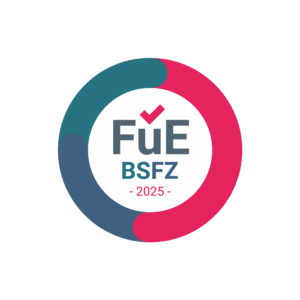
Crafting an Effective AI Strategy for SMEs (KMU): From Vision to Implementation
Estimated reading time: 7 minutes
Key Takeaways
- Every SME can unlock growth with a clear AI strategy for SMEs that aligns technology and business goals.
- Start small: pilot projects and AI analyses for enterprises reveal quick wins and reduce risk.
- Understanding the basics—What is AI?—is crucial for stakeholder buy-in.
- *Ethical compliance* and data protection in AI safeguard reputation and customer trust.
- Partnering with specialized AI services for SMEs accelerates implementation and ROI.
Table of contents
Introduction
*Artificial Intelligence (AI)* is no longer the exclusive playground of tech giants. Today, small and mid-sized enterprises (SMEs or “KMU” in German) can leverage AI to streamline operations, personalize customer experiences, and open new revenue streams. Yet, diving in without a roadmap often leads to stalled projects and wasted budgets.
Why SMEs Need an AI Strategy
According to *Gartner*, 85 % of AI projects fail to deliver because businesses rush into technology before clarifying their objectives. A structured strategy helps SMEs:
- Identify high-impact use cases—e.g., demand forecasting, predictive maintenance, or intelligent customer support.
- Allocate budgets effectively and avoid “AI washing.”
- Foster internal alignment between IT, operations, and leadership.
Step-by-Step Framework
- Assess Readiness
Speak with cross-functional teams and perform an AI readiness analysis to gauge data quality and infrastructure. - Define Business Goals
Clarify *measurable outcomes*—for instance, reducing customer churn by 10 % within six months. - Prioritize Use Cases
Score potential projects by ROI, feasibility, and strategic value. - Pilot & Iterate
Launch a low-risk proof of concept with clear KPIs. Monitor, learn, repeat. - Scale & Integrate
Gradually embed successful pilots into core processes, ensuring robust governance with ethical AI guidelines.
Common Pitfalls
- *Data Silos*: Fragmented data impede model performance.
- *Skill Gaps*: Relying solely on in-house talent can slow adoption; consider external AI services.
- *Undefined Metrics*: Without success criteria, projects drift and budgets balloon.
Case Study Snapshot
“A mid-sized German manufacturer adopted an AI-driven strategy to predict machine downtime. Within three months, unplanned outages dropped by 22 %, saving €180k in operational costs. The company began with a narrowly scoped pilot and scaled once KPIs were met—proving the power of a disciplined approach.”
Conclusion
An AI strategy isn’t a luxury—it’s a competitive necessity. By following a structured framework, SMEs can move beyond buzzwords and realize tangible business value. Start with clear goals, lean pilots, and a steadfast commitment to ethics and data protection.
Frequently Asked Questions
How much budget should an SME allocate for its first AI project?
Budgets vary, but successful pilots often start between €10k–€50k, focusing on a single, high-impact use case. The key is defining metrics to prove ROI before scaling.
Do we need in-house data scientists?
Not necessarily. Many SMEs begin by partnering with AI service providers and transition to a hybrid model as internal expertise grows.
How long until we see results?
Pilot projects typically yield insights within 8–12 weeks. Scaling successful pilots to full production can take 6–12 months, depending on complexity and data readiness.
Bildquelle:Bildquelle

